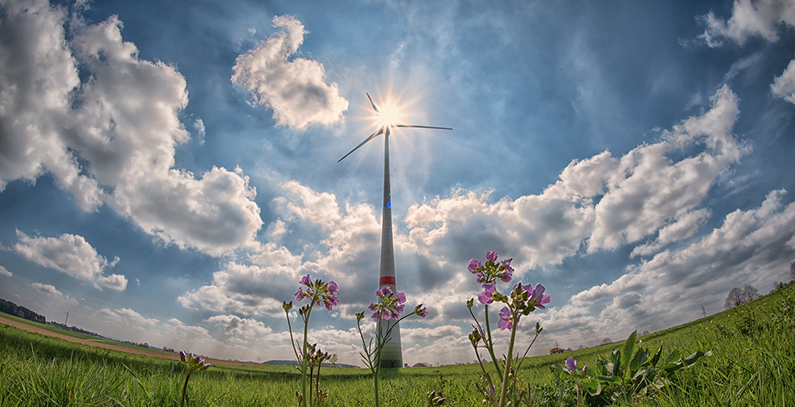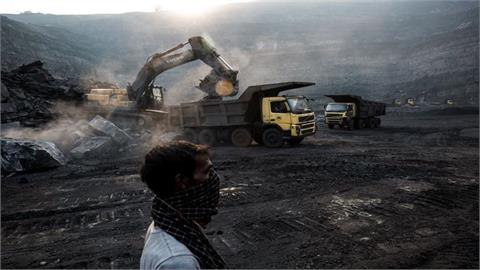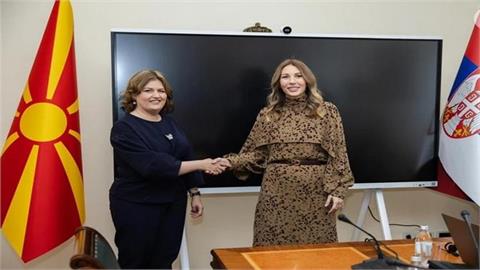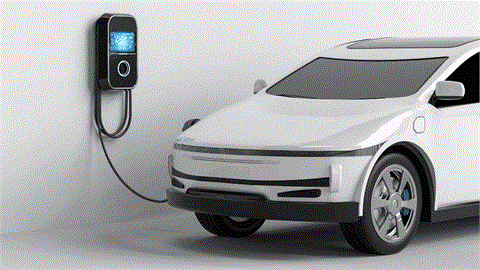In December 2018 the Croatian Parliament adopted the amendments to the Renewables Act and the Government adopted two implementing regulations, which jointly apply as of 1 January 2019 (“2019 Amendments”).
Authors: Marija Mušec, Partner and Mia Kanceljak, Attorney-at-Law, at Law Firm Bardek, Lisac, Mušec, Skoko d.o.o. in cooperation with CMS Reich-Rohrwig Hainz Rechtsanwälte GmbH
In December 2018 the Croatian Parliament adopted the amendments to the Renewables Act and the Government adopted two implementing regulations, which jointly apply as of 1 January 2019 ("2019 Amendments”). In this Article we briefly outline the 2019 Amendments and then discuss how they affect the current Croatian incentives system for renewable energy sources ("RES”), new investments in RES, as well as Croatian RES strategy until 2030 with a view to 2050.
Incentives system for renewables and the 2019 Amendments
Under the Renewables Act, applicable as of 1 January 2016, there are two types of incentive for renewables and cogeneration:(i)a premium tariff support scheme allocated through tenders, based on which eligible producers of electricity from RES may receive a premium tariff from the Croatian Energy Market Operator ("HROTE”) in addition to the selling price on the electricity market; and (ii)a guaranteed purchase price allocated through tenders for facilities up to 500 kW (prior to 2019 Amendments, 30 kW), based on which eligible producers of electricity from RES have the right to a guaranteed purchase price from HROTE.
The incentive system was never put into practice – so far, the Government has not published a single tender that has resulted in a contract with HROTE for a premium tariff / guaranteed purchase price. The 2019 Amendments envisage that the first tender for premium tariff / guaranteed purchase price will be published within the first half of 2019.
Quotas for RES are prescribed under the (now obsolete) tariff system, according to which eligible producers signed PPAs with HROTE, to which the tariff system still applies. As quotas for the most wanted technologies (wind and solar) were met years ago and new quotas are not prescribed, future tenders can refer only to technologies with remaining quotas available (hydro, biomass, geothermal, biogas).
New quotas = new investments
In relation to the existing generation facilities that have contracts with HROTE based on the tariff system and the (future) facilities up to 500 kW that are eligible for the guaranteed purchase price, electricity suppliers are obliged to purchase 70% of the electricity delivered from HROTE for a fixed price. HROTE sells the remaining 30% on the electricity market in a transparent manner (prior to the 2019 Amendments, suppliers were obligated to purchase all net delivered energy from HROTE). The incentives for RES are partly financed through the fixed price suppliers are obligated to pay to HROTE. Suppliers are unhappy because this obligation has been causing them financial losses for years. Some suppliers are even considering leaving the Croatian market as a result.
Incentives for RES are also financed through the incentive fee paid by electricity consumers. In September 2017 the Government increased the incentive fee from 0.035 to 0.105 HRK/kWh to finance incentives for new generating facilities within the existing quotas. Connecting new facilities and adopting new quotas for renewables will require larger resources for financing RES, most likely resulting in increase of the electricity price yet further.
In recent years, many RES facilities have been connected to the grid and financing the associated incentives is becoming too great a burden for the state budget (i.e. the suppliers obligated to purchase price from HROTE for a fixed price) and for domestic users who have to pay the incentive fee. Additionally, connecting new facilities to the grid requires significant investment in the distribution and transmission elements of the grid, as well as ancillary and balancing services. While the rest of the world is turning towards a market-oriented model for financing RES, Croatia is facing the problem of financing RES incentives, for which there is currently no solution. On the other hand, the lack of new quotas for RES is hindering further development of the RES sector and putting into doubt Croatia’s ability to meet the EU targets set by the Directive (EU) 2018/2001 on the promotion of the use of energy from renewable sources ("Directive (EU) 2018/2001").[1]
EU targets and Croatian Energy Strategy until 2030 with a view to 2050
Directive (EU) 2018/2001 establishes that EU Member States will collectively ensure that the share of energy from renewable sources in the Union’s gross final consumption of energy in 2030 is at least 32%. According to the Annual Energy Report for 2016 "Energy in Croatia” by the Ministry of Environment and Energy ("Energy Report for 2016”),[2]the share of RES in the total energy consumption amounted to 23.5% when applying the EUROSTAT method.
According to the Croatian Energy Strategy from 2009 until 2020,[3]Croatia set a target of a 35% share of electricity generated from RES in total electricity consumption and 20% in total energy consumption. According to the Energy Report for 2016, the electricity produced from RES amounted to 46.7% of the gross electricity consumption in Croatia. Out of that, the electricity produced in large hydro power plants amounted to 37.8%, whereas electricity produced from other renewable sources amounted to 8.9%. This may initially appear to be a solid result exceeding national targets. However, if we take into account that the majority of large hydro power plants were built during the former Yugoslavia and that the share of other RES in electricity consumption is marginal, we conclude that the development of other forms of RES is insufficient.
In November 2018, the Energy Institute "Hrvoje Požar” published the so called "Green Book”,[4]a study which represents the basis for the Croatian energy strategy until 2030 with a view to 2050, based on the Directive (EU) 2018/2001 and the other EU regulations in the so called "Winter Package”.[5]The Green Book envisages two scenarios for transition towards meeting EU targets – rapid and moderate energy transition. The first scenario envisages an increase in RES as a share of total energy consumption from 23.5% in 2016 to 32% in 2030, and 56.3% in 2050 (46.5% according to the second scenario).
The first scenario envisages an increasing the installed power of wind farms from 418 MW in 2015 to 1,600 MW by 2030 and 3,700 MW by 2050, which means the construction of approx. 110 MW worth of new wind farms per year (the historical average is approx. 50 MW per year). Also, connecting 1,000 MW worth of solar projects is envisaged by 2030 and a total installed power from solar plants of 3,800 MW by 2050. Financially this means an investment of HRK 300 million per year (HRK 235 million per year in the second scenario) until 2050. An assessment of the investments necessary in the transmission network up to 2030 amounts to HRK 8.2 billion, plus HRK 425 million per year for balancing and ancillary services. Investments in the distribution grid are assessed as HRK 1 billion per year until 2050.
Conclusion
Projections for the development of RES until 2030 and 2050 are ambitious and require significant investment, detailed planning and strategy. Such projections are corroborated by Croatia’s high potential for the development of renewables, especially wind and solar energy. Nevertheless, Croatia has a key problem financing the incentives for producing electric energy from RES, primarily in relation to eligible producers that have already obtained requirements for incentives, because of which new quotas have not been set for years. Given the existing experience, Croatia must adopt a strategy of further developing RES based on new quotas and assess whether the incentive system should remain the basis for future development of RES or whether Croatia is ready for electric energy production from RES without incentives.
[1]DIRECTIVE (EU) 2018/2001 OF THE EUROPEAN PARLIAMENT AND OF THE COUNCIL of 11 December 2018 on the promotion of the use of energy from renewable sources.
[2]Available here:http://www.eihp.hr/wp-content/uploads/2018/06/EUH2016.pdf
[3]Available here:https://narodne-novine.nn.hr/clanci/sluzbeni/2009_10_130_3192.html
[4]Available here:https://www.hup.hr/EasyEdit/UserFiles/Granske_udruge/CRO%20industrija/Marija%20%C5%A0utina/zelena-knjiga.pdf
[5]On 30 November 2016 the Commission published its so-called "Winter Package” of eight legislative proposals to facilitate the transition to a "clean energy economy” and to reform the EU’s electricity market. The overall objectives are outlined in the Commission Communication "Clean Energy for all Europeans”, available here:https://ec.europa.eu/energy/en/topics/energy-strategy-and-energy-union/clean-energy-all-europeans




